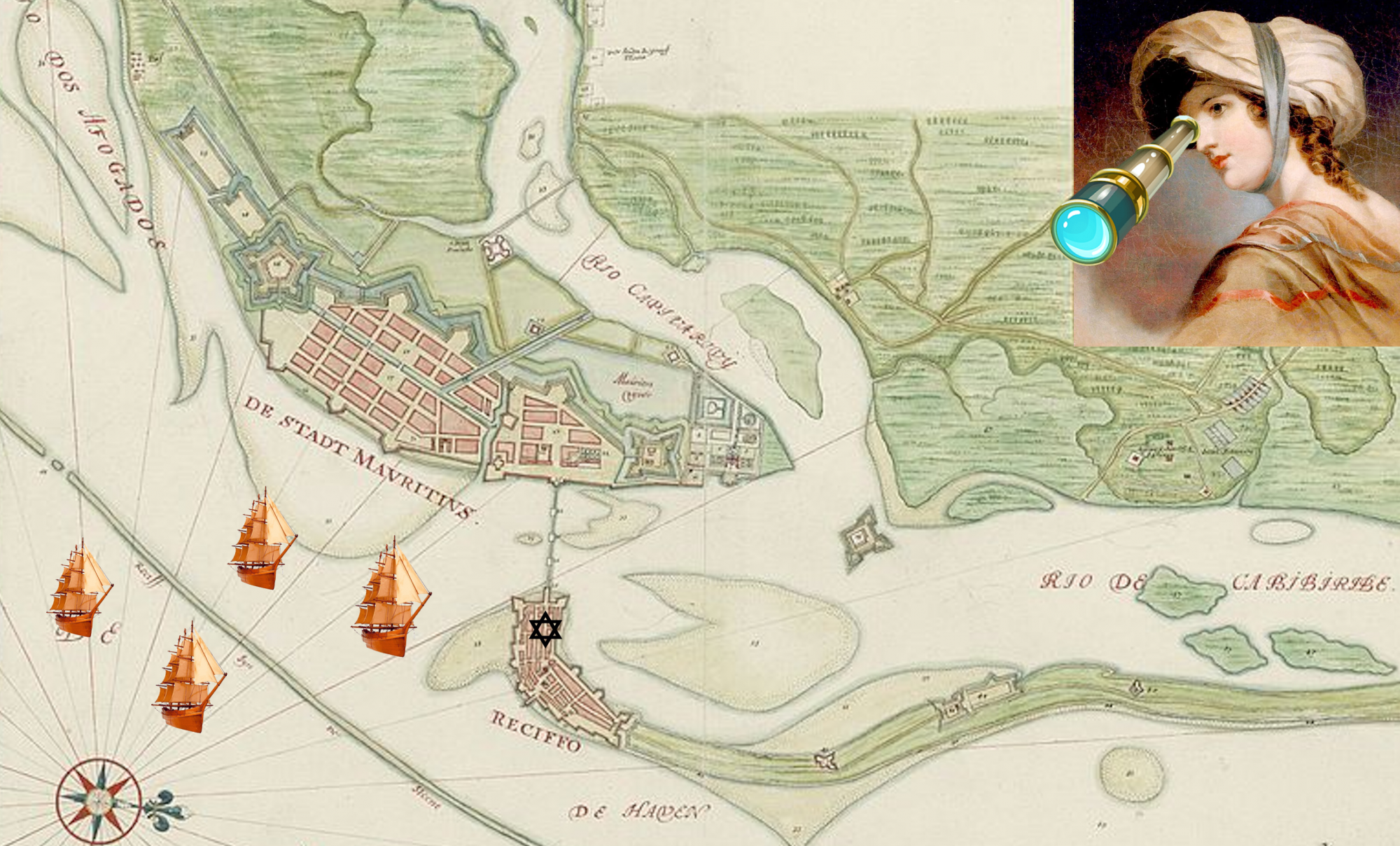Today if you go to school you would most likely learn both how to read and write. In early America, though, these were seen as separate skills. Early Americans were typically quite religious. Because both boys and girls had souls and reading was how people learned the Bible, many early Americans thought it was important to teach both girls and boys to read. (Read more about that here.) Writing and arithmetic, however, were mainly necessary for work, so those skills were often just taught to boys. For men, writing was necessary for their economic survival; girls were often taught to sew instead, because that was considered a good and acceptable way for them to make money in case they had to support themselves.
Some families who had enough money, however, paid for their girls to learn to write. I, Rebecca Gratz, was lucky: my parents paid a lot of money to make sure that my sisters and I were well education. Many of the letters that we wrote to each other survived. One of my greatest dreams was to pass on my skills to other women and girls, so I started a school to help make sure even the poor had a knowledge of Judaism as well as English.
In my family we spoke Yiddish and English, but in the synagogue Hebrew as well as Spanish or Portuguese were used.
Even when we were writing in English, we wrote our letters differently than you do today.
Here is how I write my name:

Here is how we wrote the alphabet:

On a sheet of paper, write your name using the above examples. Take a picture and send it to your teacher or parent.
Now that you are familiar with how we wrote, try your hand at transcribing the beginning of this letter my sister wrote to me:

Full Page of Letter (zoomable)
Want to read more? Here is the rest of the letter.
Need more practice? Try this colonial handwriting game. (requires adobe flash)

